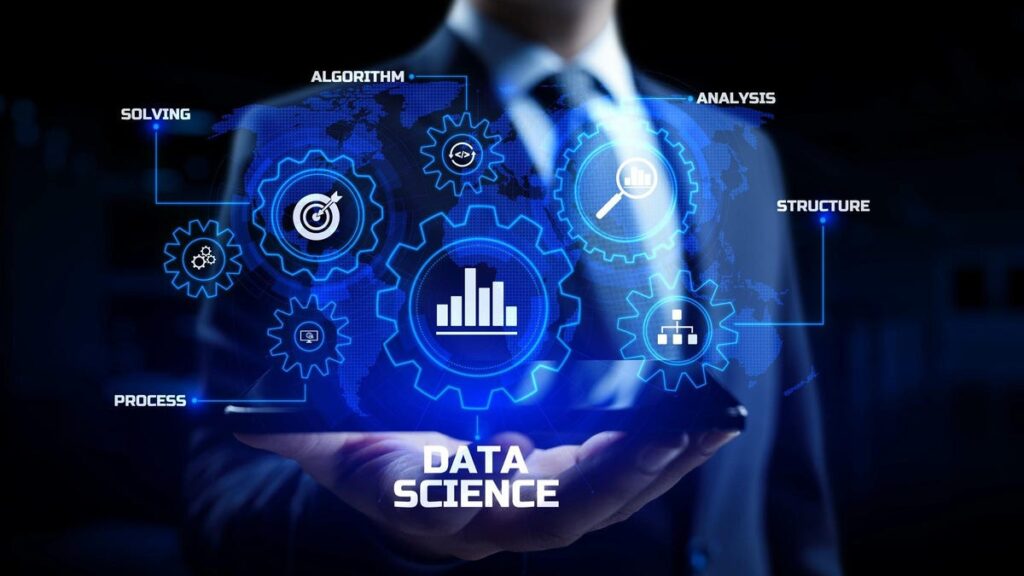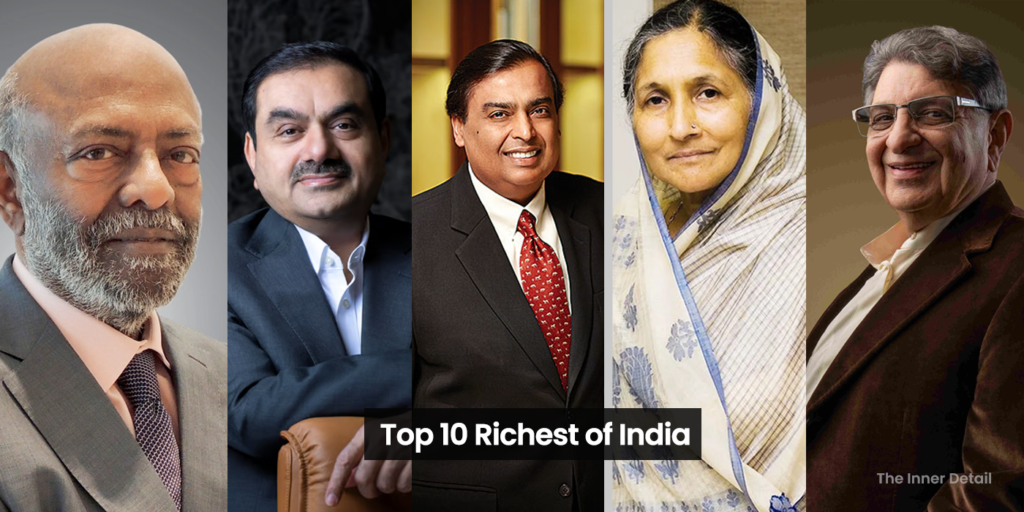The last two decades has given birth to handful of science & technological fields that proffered the advanced futured tech-innovations and gadgets, we are experiencing now and soon will. Selfies used to find heart diseases via Artificial Intelligence, next level of transport & entertainment via AR & VR, storing data in DNA – Cloud computing, robotics, blockchain and still counting, technology patted the world with great applications.
One vital field of them is what gonna be this page about – ‘Data Science’.
What is Data Science?
Data Science is an interdisciplinary field that conjoins scientific methods, artificial intelligence, machine learning, statistics and data analyzing to extract applicable value from a provided and non-provided set of data directly and indirectly.
Lot of technical words, nnah? Let me divide it out.
Interdisciplinary field – Data Science is not a single field but just a combination of a group of fields (mentioned above)
Applicable value – The value extracted from a data should not be just a value but applicable to the real world.
provided and non-provided set –data will or will not be given – meaning, data may have to be mined.
Directly and indirectly – arriving at the value either directly / indirectly via putting programming into effect.
So, if you see, a Data Scientist could also be compared to multiple-personality disorder, as he has to do what multiple employees do, altogether.
Example for Data Science
It’d be good to head into the mind if examples exist, I felt.

Think of your mother cooking. She’ll have all the ingredients, vegetables, cereals, pulses, and whatever required for cooking in the kitchen. But while preparing a meal, say sambar rice, she first analyzes what’s needed for the recipe (data analyzing), then she aggregates the needed ingredients (data extraction). After, chopping process starts (data maintaining). Meanwhile if something is missing, she does go for a nearby shopping (or sends you) (data mining).
The cooking starts, then (data processing). And you might’ve noticed the flavors penetrating your nose, though the cooking has not yet finished (predictive analysis). At the end of cooking, she tastes a little bit of quantity of the containing (qualitative analysis) and finally visualizes the food texture and if it has been cooked good (data visualization).
Ultimately, she feeds you and the rest of your family (data reporting). Also, there’s another sub-heading ‘decision making’ of the taste of food, that’s normally done by your father or you (though your opinion doesn’t matter). (However, decision making has to be done by the data scientists itself, in this case, your mom itself.)
Technically, of the skills compared, every mom is a data scientist in their own homes.
“The ability to take data — to be able to understand it, to process it, to extract value from it, to visualize it, to communicate it — that’s going to be a hugely important skill in the next decades.”
– Hal Varian, chief economist at Google and UC Berkeley professor of information sciences, business, and economics
Skills required for a Data Scientist
A data scientist, as we had seen with the example of your mom, should be a well-rounded data-driven individuals with high-level technical skills capable of building complex algorithms to synthesize and organize data for arriving at a strategy in the organization.
Data Scientists have to be result-oriented, with industry-specific knowledge, superior communication skills to explain highly technical results to the non-technical counterparts, strong quantitative background in statistics and linear algebra, programming, and data mining, modelling techniques.
One should be well-versed of – python, open-source notebooks (web applications for writing and running code, visualizing data and getting results) like Jupyter, RStudio, MapReduce, cloud computing and basic machine learning.
How Data Science transform Business? – Applications of Data Science
The ultimate destination for a data-scientist is data manipulation as a competitive advantage by refining products and services. Meaning, to make the organization more profitable with the valuation and application of the data. Let’s see few applications of DS in different fields.
- Marketing action – by analyzing data collected from the call-centers
- Examining traffic patterns, weather conditions, and other factors so logistic companies could improve delivery speeds and reduce costs
- Creating recommendations for customers based upon previous purchases & thereby increasing sales
- Detection of fraud in financial services by recognizing suspicious behaviors and anomalous actions
- Improve patient diagnoses by analyzing medical test data and reported symptoms so doctors can diagnose diseases earlier and treat them more effectively.
- Optimizing the supply chain by predicting when equipment will break down.
Related Posts
Demand for Data Science
If you look to the US, for example, there’s a need right now for more than 150,000 data scientists. There’s also a global shortage of data science skills in Europe and Asia. It’s also interesting to cite research showing that 94 percent of data scientists and graduates have gotten jobs since 2011. If we look a little bit more ahead, the US Bureau of Labor Statistics predicts that by 2026—so around six years from now—there will be 11.5 million jobs in data science and analytics.
According to Analytics Insight, India’s Big Data industry is to form 32% of the worldwide market and US $20 billion by 2026 from the present level of US $6.9 billion.
The demand for data scientists in India is at an all-time high, which is resulting in an upward career arc and generous pay from companies. Around 93,000 jobs in Data Science were vacant at the end of August 2020 in India. 70% of these vacancies were for positions with less than five years of experience. Analysts predict that the country will have more than 11 million job openings by 2026.
US Data Scientists are paid $117,212 (₹89.62Lakhs) annually on an average, while senior data scientists are cashed out $142,250 (₹1.08Crores). While Indian Data scientists receive around ₹10 lakhs as annual income. (Ref: GlassDoor)
If being a Data Scientist sparked a flame in you, let the flame grow bigger, follow your insights. Good luck!
(Credits to ‘Deva Chimai’ for suggesting the topic!)






